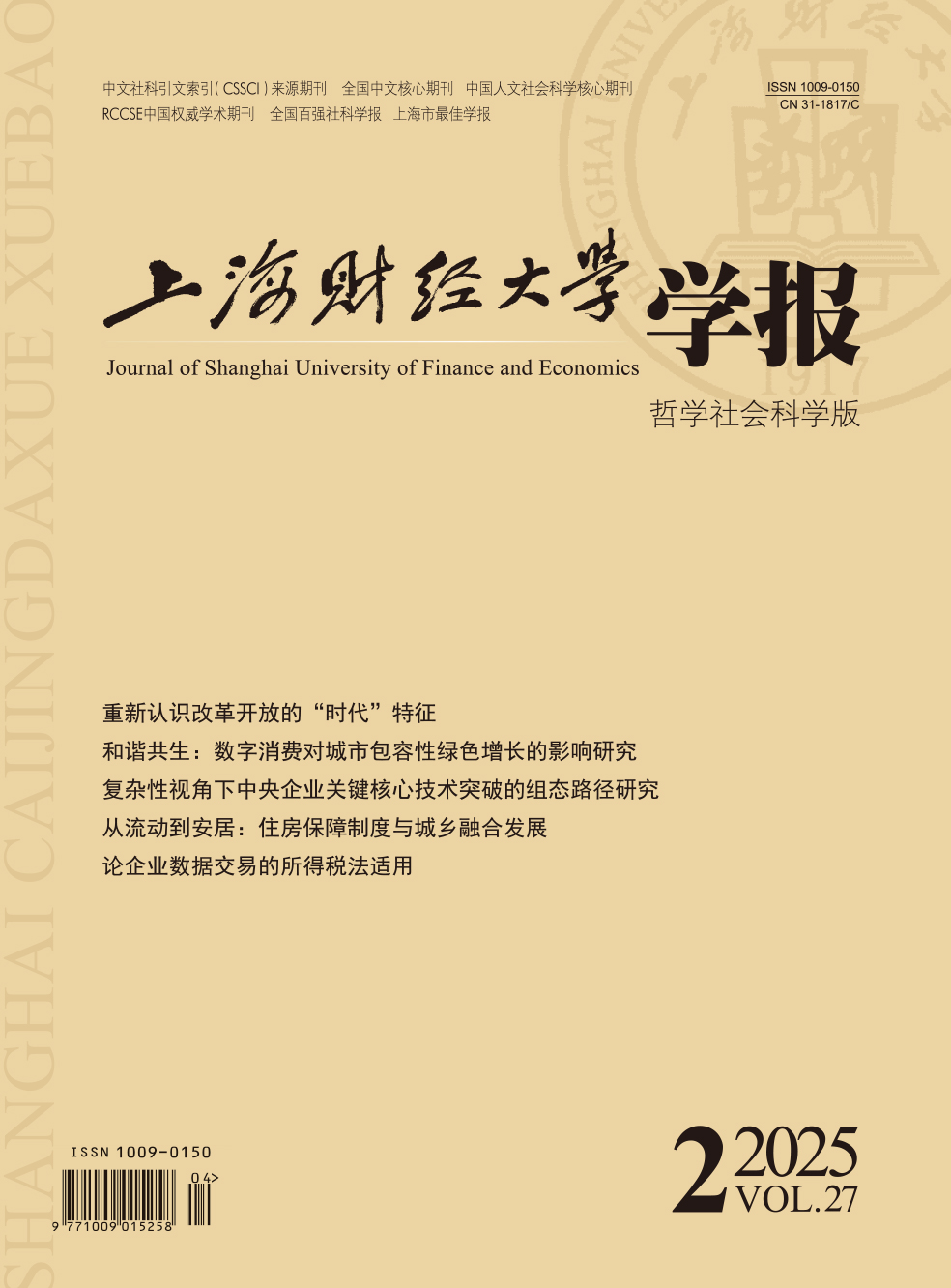Discussing how to achieve common prosperity in the new era should be based on the realistic premise that the goal of building a moderately prosperous society in all respects has been achieved but the disparity in income distribution still exists. Since the 18th National Congress of the Communist Party of China, the Party has made solid progress in the first centenary goal — the realization of a well-off society in all respects. After the joint efforts of the whole Party and the people of the whole country, the goal was successfully completed on schedule by the end of 2020. However, the realization of a moderately prosperous society in all respects only eliminates absolute poverty, and there is still a big gap between the essential requirement of socialism-common prosperity. Therefore, after the goal of building a moderately prosperous society in all respects is achieved, the Party immediately put forward the new goal of achieving common prosperity in the new era. The rapid development of private economy has not only made a huge contribution to the realization of a well-off society in all respects, but also an important reason for the disparity in income distribution. The realization of a moderately prosperous society in all respects is the prerequisite and basis for achieving common prosperity in the new era, while the disparity in income distribution will hinder the realization of common prosperity in the new era. Achieving common prosperity is the essential requirement of socialist production relations, and the development of private economy is the objective requirement for improving the productive forces of socialism with Chinese characteristics. The realization of common prosperity and the development of private economy are both contradictory and unified. The opposition between the two is reflected in that: The development of private economy intensifies the contradiction of the differentiation of social wealth, increases the contradiction in the class structure that hinders the realization of common prosperity, intensifies the contradiction in the regional structure that hinders the realization of common prosperity, and promotes the contradiction between some wrong values and the realization of common prosperity. The antagonism of the two is reflected in that: The realization of common prosperity and the development of private economy are unified under the leadership of the Communist Party of China, unified in the practice of reform and opening up, unified in the Chinese dream of the great rejuvenation of the Chinese nation, unified in the people as the center. The two will become mutually conditional and interdependent under the conditions of the high level of common prosperity and the high development of private economy. Based on this relationship, we should promote the collaboration between the two from the following aspects: Create conditions for the realization of common prosperity and the development of private economy, establish a collaboration mechanism for the realization of common prosperity and the development of private economy, expand the community of interests between the realization of common prosperity and the development of private economy, and optimize the achievement-sharing mechanism in the realization of common prosperity and the development of private economy.
 / Journals / Journal of Shanghai University of Finance and Economics
/ Journals / Journal of Shanghai University of Finance and EconomicsJournal of Shanghai University of Finance and Economics
LiuYuanchun, Editor-in-Chief
ZhengChunrong, Vice Executive Editor-in-Chief
GuoChanglin YanJinqiang WangWenbin WuWenfang, Vice Editor-in-Chief
Research on the Collaboration of the Realization of Common Prosperity and the Development of Private Economy in the New Era
Journal of Shanghai University of Finance and Economics Vol. 24, Issue 01, pp. 3 - 15 (2022) DOI:10.16538/j.cnki.jsufe.2022.01.001
Summary
References
Summary
Keywords
Cite this article
Yang Xiaoyong, Yu Qianshen. Research on the Collaboration of the Realization of Common Prosperity and the Development of Private Economy in the New Era[J]. Journal of Shanghai University of Finance and Economics, 2022, 24(1): 3-15.
Export Citations as:
For
ISSUE COVER
RELATED ARTICLES




 3874
3874  3897
3897

